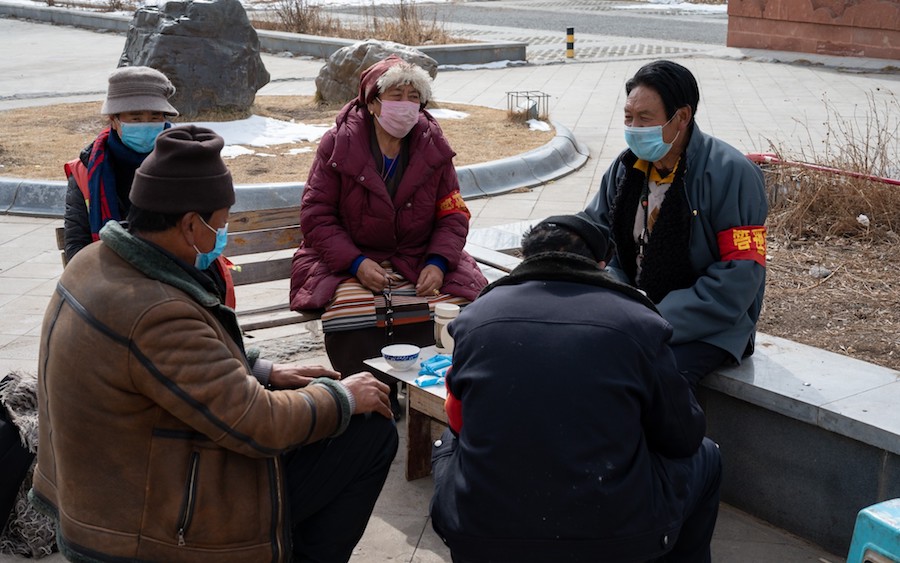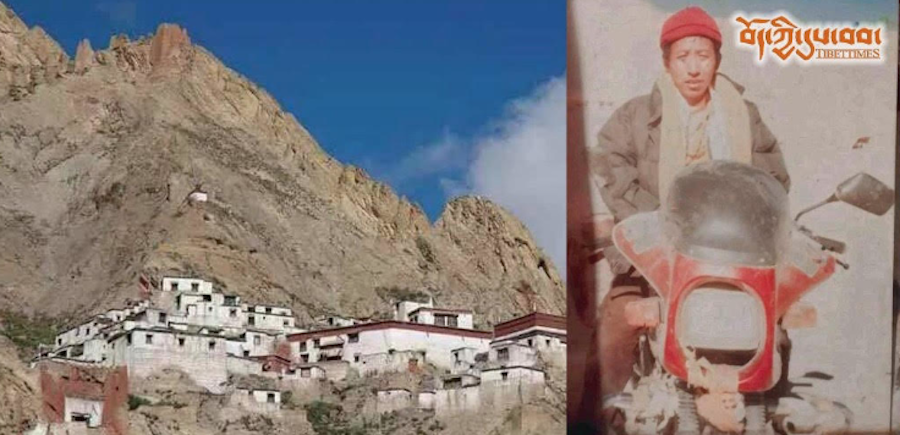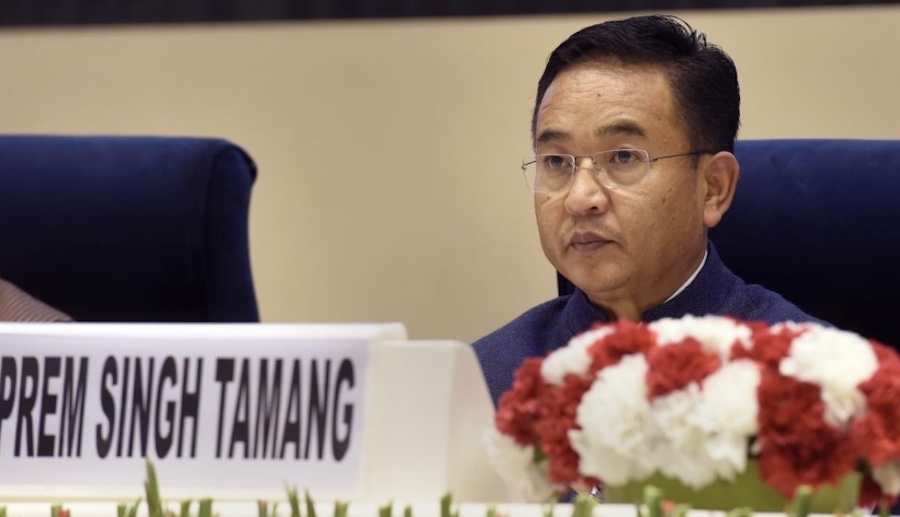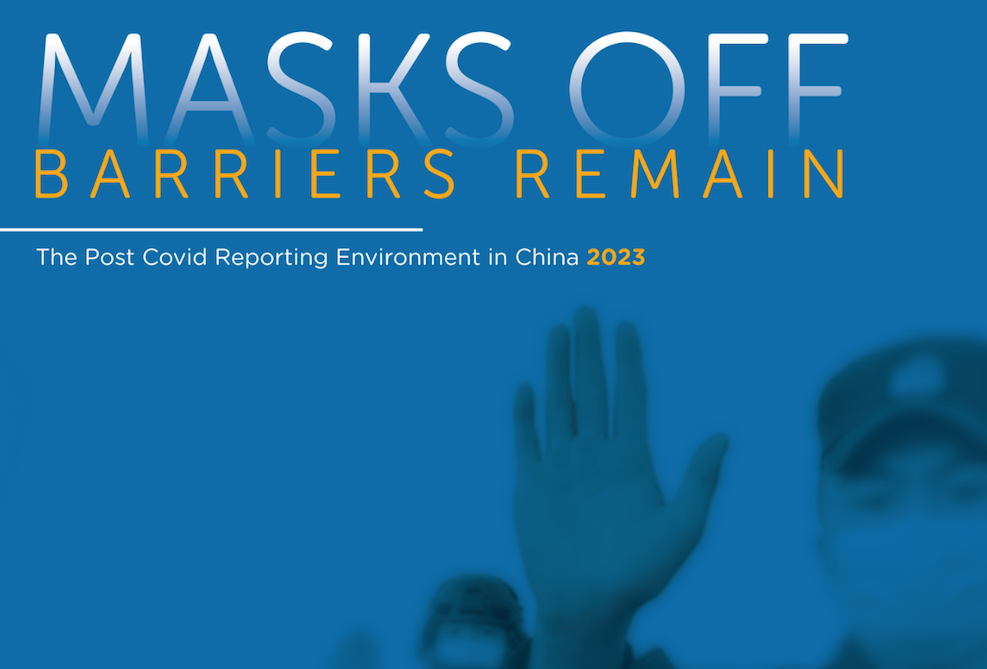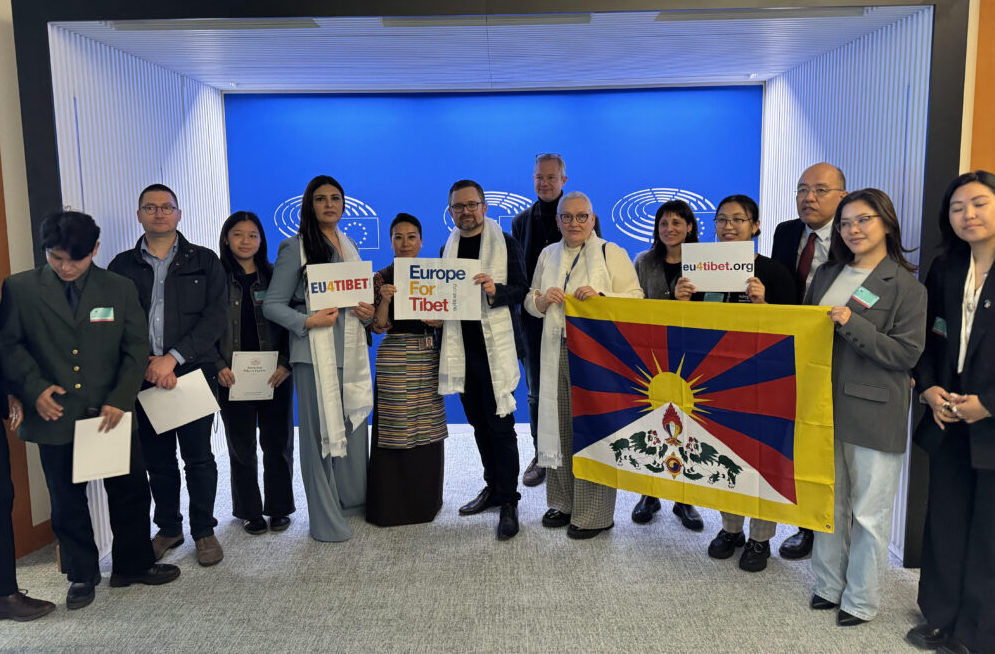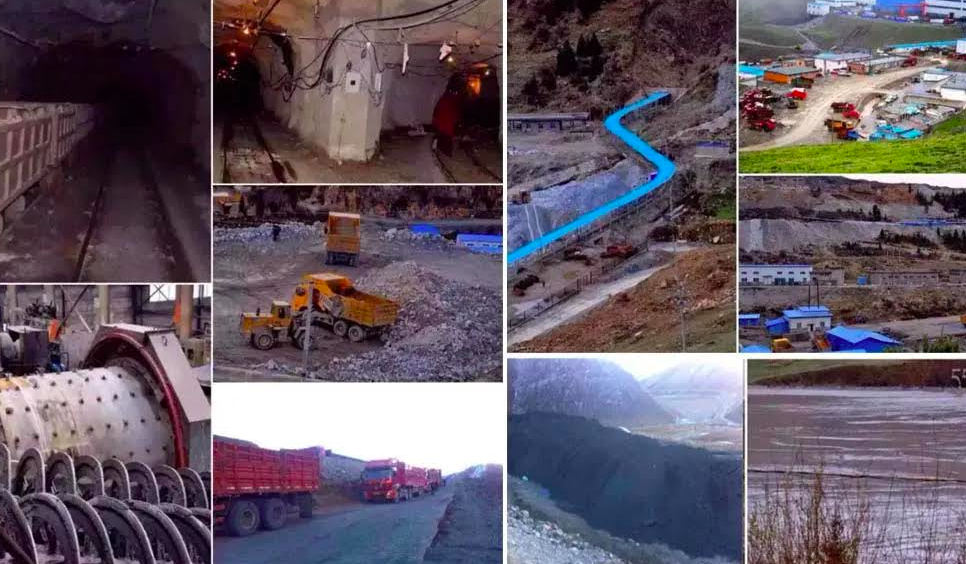By Choekyi Lhamo
DHARAMSHALA, Apr. 23: Chinese officials demolished a building under construction which was built for housing 16 monks in Langdi monastery in Markham, Tibet. On Apr. 2, Chinese police arrived with a bulldozer to strike off the building which was being built by the local people in the traditional style by using collective labour. The officials arrived at the monastery a day before and told monks that the building was not allowed, reported The Diplomat.
As the abbot of the monastery appealed against the demolition, he was beaten and was threatened with imprisonment along with two other monks. The report details the images prior to the demolition sent from Tibet depicting local people singing as they work on the building in a tiny monastery. The image also showed the monastery displaying two red Chinese flags, compulsory for monasteries in Tibet, while Tibetan prayer flags fluttered in the breeze beside them.
Now the monastery is almost empty, as all the monks were compelled to leave. Many say that the drastic reduction of the monks in the monastery to less than 20 is directly due to police crackdown. Langdi monastery is one of 18 temples in Larong valley in Markham County in Tibet Autonomous Region (TAR). With the heightened surveillance exercised by the government in the times of the pandemic, Tibet has been under total lockdown which has further hampered any communication with the outside world.
Chamdo, where the monastery is situated, is the site of some of the county-level centres for detention, and “re-education” where monks and nuns expelled from Larung Gar has been detained under harsh conditions. Similar to the expulsion of monks and nuns at Larung Gar, Langdi monastery and other rural institutes in Tibet have been struggling to survive the forces of the repressive state.
Phone apps such as Health Code app used for contact tracing is said to be used to track movements of Tibetans. Measures were also taken to cut off communication to immobilize Tawu, the epicentre of the virus in Occupied-Tibetan. China has led a disproportionate crackdown in the Tibetan border areas with a new political campaign of dispatching a “million police to 10 million homes.” The repressive state mechanism has used the COVID-19 pandemic to deepen its advance into the lives of Tibetans.


